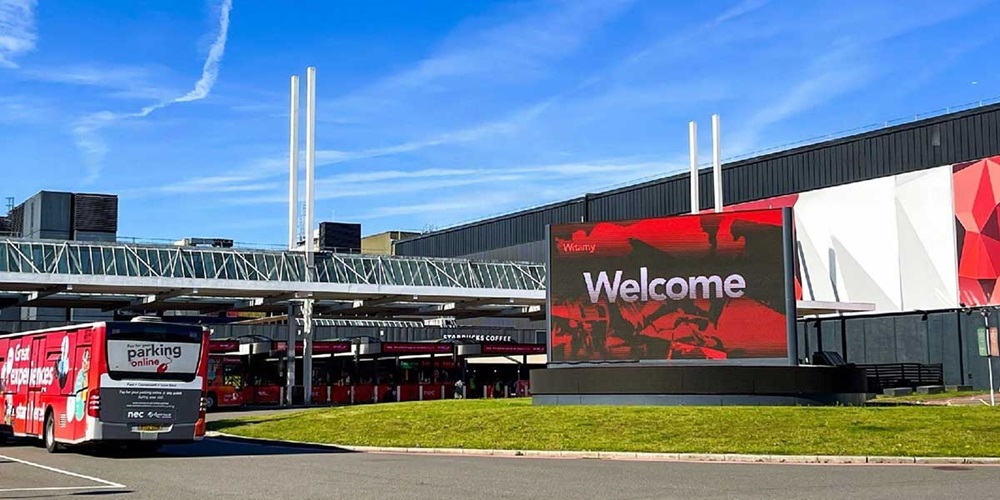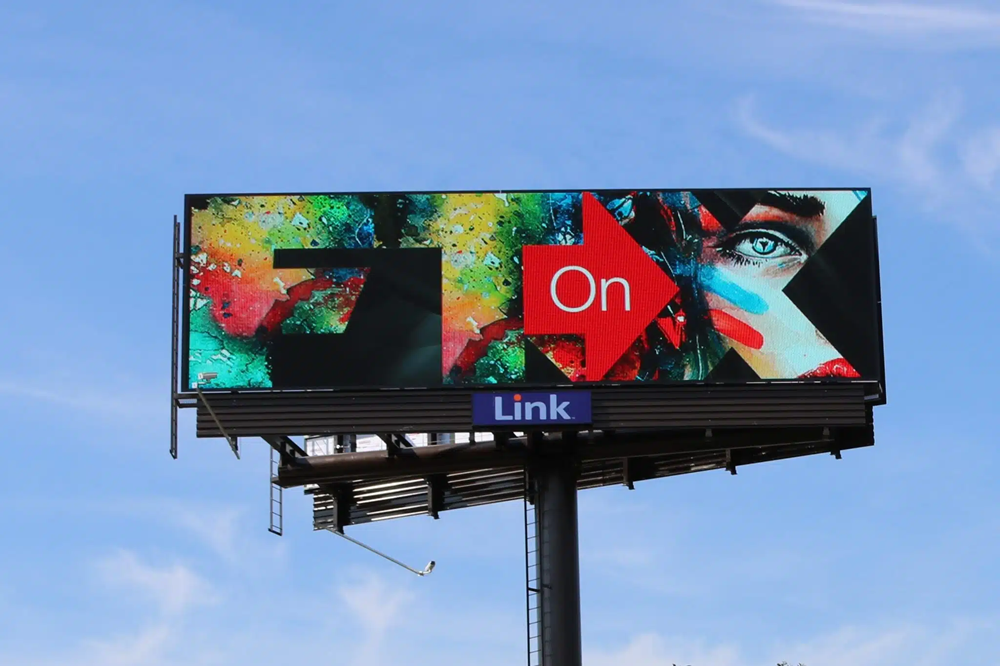There’s no better way to capture attention for your brand or company than with outdoor LED displays. Today’s video screens offer clear visuals, vibrant colors, and realistic displays that set them apart from traditional print materials. With advancements in LED technology, business owners and advertisers are gaining new opportunities to enhance brand visibility through fully functional, cost-effective outdoor displays.
For businesses looking to capitalize on these rapidly evolving opportunities, it’s crucial to understand some key information so your content can effectively impact your audience.
Are you ready to get started? Here are nine tips to help you fully leverage outdoor LED displays:
1. Weather Protection
When water seeps into the LED casing, your display screen can be damaged or even fail completely. To minimize the risk of rain damage, have your LED technicians install a closed-loop air circulation system that isolates the display screen casing, protecting it from moisture and contaminants.
The Ingress Protection (IP) rating measures water resistance and the ability to prevent solid object intrusion. It also indicates methods for protecting the display under various weather conditions. Look for displays with high IP ratings to prevent moisture and solid object erosion.
2. Optimal Hardware Selection
Specific displays are best suited for particular climates. Therefore, if you reside in seasonal areas or a city with significant temperature variations, choose your displays accordingly. Opting for fully outdoor-grade LED screens ensures peace of mind, knowing they can withstand direct sunlight or snow without damage and display your content regardless of how hot or cold it gets.
3. Internal Temperature Regulation
Outdoor LED screens require optimal internal temperatures to function properly. Because they operate continuously, measures should be taken to prevent issues like pixel damage, color mismatch, and image fading due to overheating. To safeguard against these risks, ensure your outdoor screens are equipped with HVAC systems that regulate their internal temperature.
4. Brightness Determination
Brightness is one of the most critical aspects for capturing pedestrian attention with outdoor displays. Due to direct sunlight, outdoor screens need to be clearly visible. Opting for high brightness and high contrast displays only enhances the attractiveness of your content. As a rule of thumb, outdoor screens need a brightness level of at least 2,000 nits (a unit of brightness) to be visible in direct sunlight. If your screen’s brightness falls below this level, consider placing it under awnings or tents to block sunlight.
5. Avoid Indoor Screens for Outdoor Applications
While common sense, many still attempt to install indoor screens for outdoor events. This not only diminishes content effectiveness but is also a risky cost-cutting measure. A single drop of rain and an indoor screen not designed for weatherproofing poses significant electrical hazards – at best, the screen is likely to fail with no one able to view your content.
6. Regular Maintenance
Outdoor LED signs are exposed to weather, seasonal climate changes, and natural wear. Hence, regular maintenance by LED professionals is crucial. This ensures your screens stay bright and healthy over the years, protecting your long-term investment.
7. Protection in Extreme Conditions
Whether you live in the scorching heat of California’s Death Valley or the freezing cold of Alaska’s Anchorage, outdoor LED screens designed for extreme climates are available. Outdoor displays have recommended optimal operating temperatures, so ensure you rent the right type. Additionally, consider renting displays with protective glass that optically bonds to the LED screen surface to prevent sun and water erosion.
8. Optimal Placement Selection
Location is crucial for attracting your target audience to view your content. Ensuring the overall long-term health of outdoor displays is also vital. We recommend installing outdoor screens in areas shaded from direct sunlight, such as under awnings or on the west side of buildings. If your LED screen is located in urban or high foot traffic areas, vandalism may be a concern. Some outdoor LED screens come with anti-vandalism glass options to help prevent unnecessary damage.
9. Monitor Screen Health
Ideal outdoor displays should come equipped with remote monitoring capabilities, allowing you to ensure screen health from afar. With remote monitoring alerts, you can quickly take action to correct any issues that could lead to further problems down the road, review displayed content as needed, and monitor overall screen temperature and performance in real-time.
Are you looking for help with outdoor LED signs?
Hot Electronics specializes in outdoor LED signs and displays, offering a full range of proprietary products ideal for any event, marketing, or business application. Our clear screens enhance audience engagement and deliver real return on investment. Discover why clients love us – contact Hot Electronics today!
Post time: Jun-25-2024


